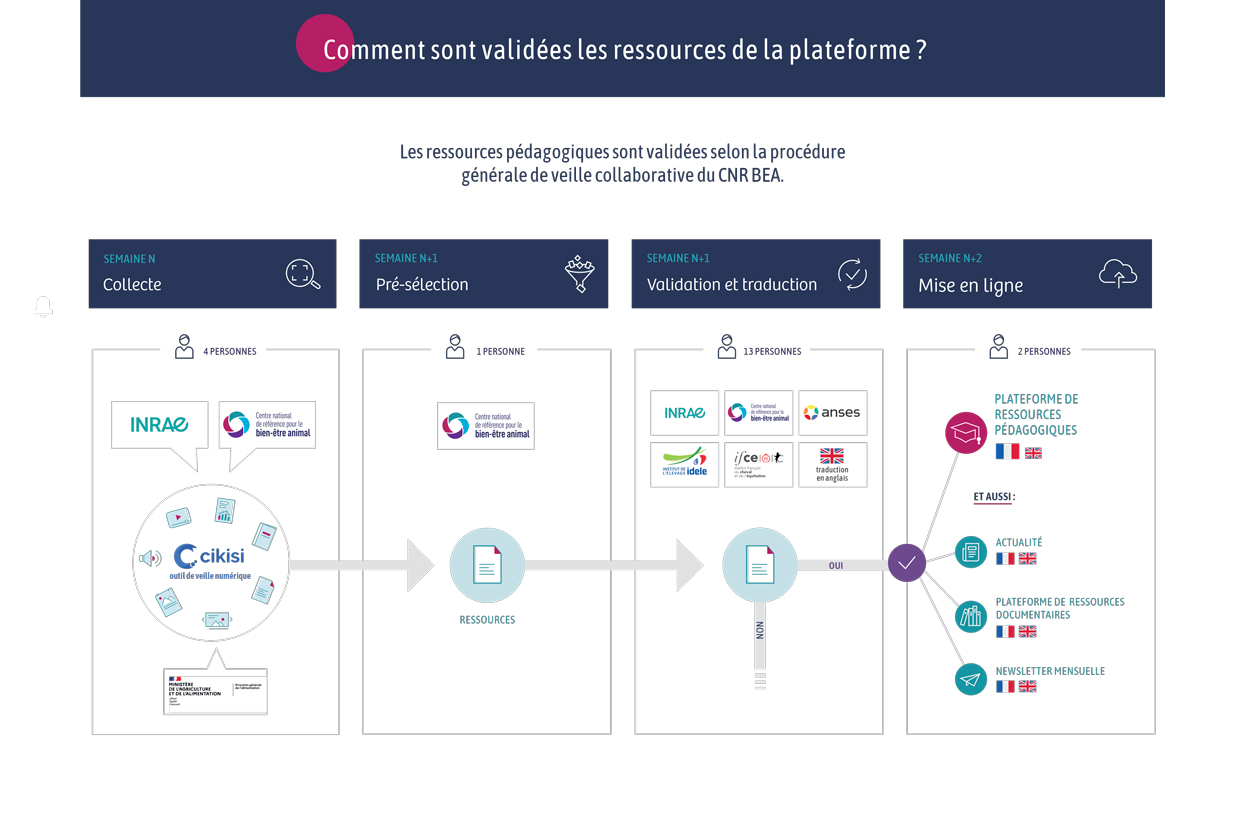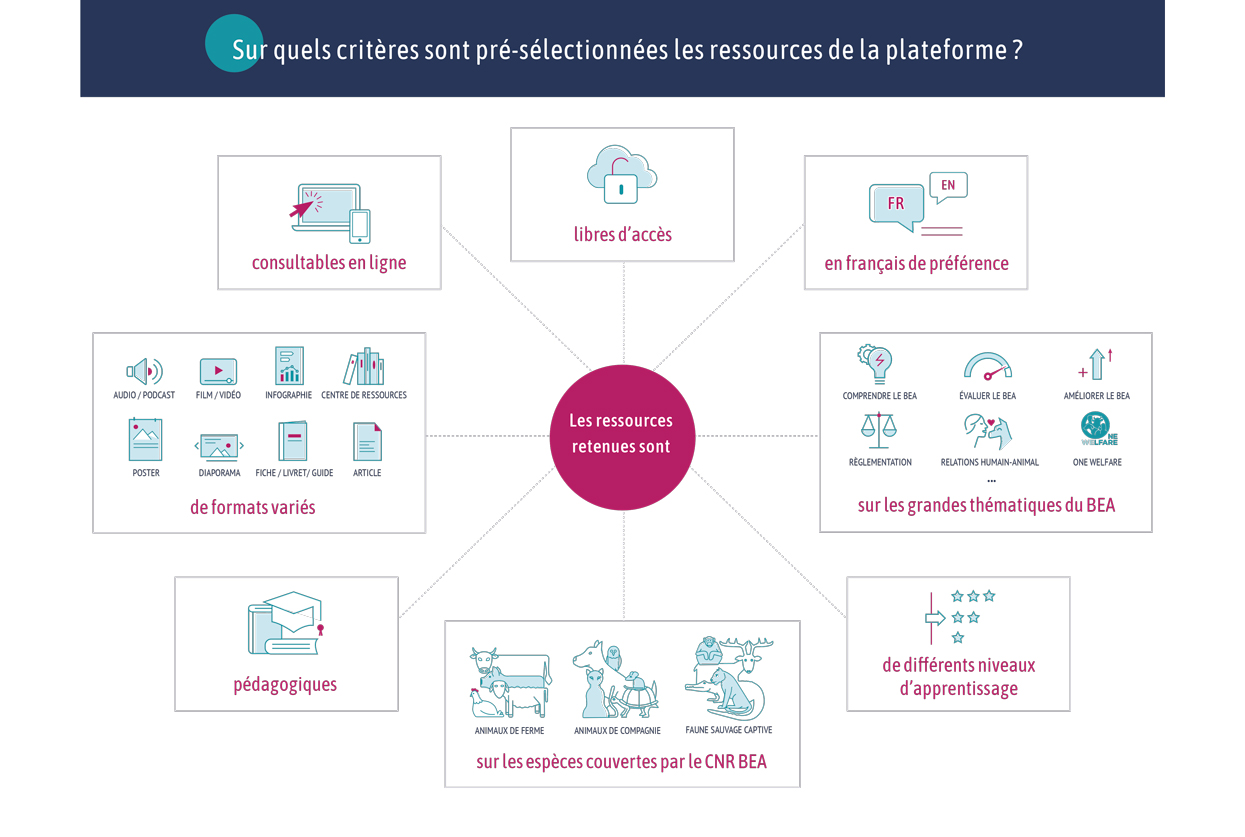Full title: Poultry welfare during depopulation visits due to avian influenza
Requested by: FRCAW and EURCAW Poultry-SFA (European Reference Centre for the Welfare of Poultry and other Small Farm Animals)
Publication date: 02/2025
Background to the expertise
Many Member States of the European Union continue to suffer from significant highly infectious Avian Influenza epidemics. Avian Influenza is a highly contagious illness that affects both wild and farmed birds. When a case of Avian Influenza is detected, the competent authorities are obliged to take the necessary measures to guarantee its eradication or, a minima, limit its spread. One key action involves the speediest possible depopulation of the infected farm to avoid the spread of the disease. In practice, the urgency of the depopulation process and possible logistical constraints (for example, availability of equipment) can compromise the birds’ welfare. This issue is fully recognised by the various Member States, who, in 2022, expressed the wish to take greater account of animal welfare in their depopulation operational procedures. In response to this stated need, the FRCAW has worked in collaboration with EURCAW-Poultry-SFA on two major deliverables:
- a report detailing the operational procedures of the ten depopulation methods most used in the European Union, examining their efficiency in terms of death induction and their consequences for poultry welfare.
- a ranked hierarchy of decision trees to support the competent authorities in the choice of the most appropriate depopulation method from the point of view of animal welfare, while taking into account the different circumstances of each depopulation (that is to say, species type, farming system and available resources).
The various deliverables of this project are also available on the EURCAW-PSFA website.
Main conclusions
Main conclusions of the report
Containerized gassing: Current operating procedures vary greatly: different types of containers (e.g. builders’ bags, containerised gassing units), different gas-filling methods (e.g. pre-filled, gradually filled), different gas mixtures (e.g. high concentration CO2, CO2 mixed with inert gasses). The optimal gas mixture for animal welfare remains to be determined, as do the precise consequences of each gas-filling method for animal welfare. Containerized gassing raises concerns in terms of animal welfare because it frequently calls for animal handling and operators are unable to observe individual birds while the container is being filled with gas. It nevertheless remains an effective method to kill birds.
House gassing without foam: This method is mainly used on large flocks. In practice, the gas is usually released throughout the whole building, most often using high-concentration CO2 at various target concentrations (between 40% and 90% CO2). This method is efficient in slaughtering the birds, but precautions must be taken to avoid frost burns on the birds, and to restrict the length of time that individual birds are exposed to aversive concentrations of CO2. The creation of a fog during the injection of the gas constitutes, moreover, a limiting factor for the assessment of welfare indicators during the process, raising questions over the true impacts of this method with respect to several animal welfare parameters.
Lethal injection: This method is mainly used for small flocks, using Pentobarbital Sodium or T61. Injections are mostly intraperitoneal or intrapulmonary, or, more rarely, are administered intravenously or through the occipital sinus. Intravenous injection is nevertheless recommended for its efficiency and absence of induced pain. For both drug types, the method is efficient in slaughtering poultry. Where the drug was administered through the occipital sinus increased operator killing rates per hour were reported compared to other routes.
Cervical dislocation: This method is mainly used for small flocks. Manual dislocation is used more frequently than mechanical dislocation. Both techniques appear to be very efficient in the killing of birds. Welfare issues concern the handling and restraint of the birds before dislocation, and the need for trained staff to ensure that the procedure is effective.
Captive bolt: This method appears to be mostly used for small flocks of turkeys and ducks. A cartridge-powered non-penetrative captive bolt gun with a convex head appears to be the device most commonly used and is reported to be efficient. Poultry welfare issues relate to the handling and restraint of animals which can prove difficult.
Percussive blow to the head: Little information could be obtained on this method (1 answer), probably due its use only as a last resort when other methods are not available.
Electrical water bath: Little information could be obtained on this method (2 answers). Nevertheless, the method appears to be used mostly for small flocks. Welfare concerns relate to handling, the use of shackles (‘hooks’) to hang individual birds upside-down, and the significant risk of pre-stun shocks. The method’s efficiency could not be determined from the data collected.
Head-to-body electrical stunning: Little information could be obtained on this method (2 answers). Notwithstanding, it appears to be used as a last resort for the depopulation of large turkeys. Two techniques were reported: a single particularly efficient electrical cycle (on head and sternum) and a two-cycle technique (two successive applications of current, first to the head and the second on the heart/breast), with a high stun and kill failure rate.
Head-only electrical stunning: Little information could be obtained on this method (1 answer). The only respondent reported its use only on large turkeys, using tongs for which the electrical parameters were not specified.
Decapitation: No information was provided on this method.
Main conclusions on the ranking of methods
Depopulation methods were ranked according to their propensity to minimise poultry pain and stress, while guaranteeing a rapid death. The top method was the use of non-penetrative captive bolt stunners (1) because these induce immediate death with minimal handling. Lethal injection (2) is also very efficient but calls for specific resources often not available in practice (e.g. veterinarians trained in euthanising poultry). Whole-house gassing (3) is ideal for large flocks (especially those already displaying symptoms of Avian Influenza) as it avoids handling of the birds and allows large numbers to be slaughtered in a relatively short time. However, death is not induced immediately, and individuals are exposed to aversively high concentrations of gas. Head-to-body electrical killing (4) and head-only electrical stunning followed by a killing method (5) are ranked next because they quickly stun the birds but require them to be restrained, often upside-down. Gassing in gradually-filled containers (6) allows the quick dispatch of large flocks while allowing operators to adjust gas injection to optimise the depopulation process. This method nevertheless calls for the handling of individuals. Manual methods such as manual blunt force trauma (7) to the head and cervical dislocation (8) are considered viable for the depopulation of small flocks or as methods of last resort, but they are at significant risk of errors and require intensive handling. Last, gassing in pre-filled containers (9) is criticised for the risk that birds will be injured or smothered, while use of an electrical water bath (10) is viewed only as a last resort due to its inefficiency and the risk of pain. Partial house gassing with CO2 pellets was not ranked due to limited expert experience of this method, but appears efficient in inducing rapid death in poultry.


